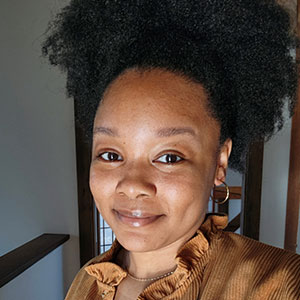The molecular biology of commercial cannabis testing
When Anthony Torres joined Steep Hill California in 2013, the company was already established as the first commercial cannabis testing lab in the United States. Three cofounders started Steep Hill in 2007 with one gas chromatograph and a mission to establish microbiological testing and cannabis potency testing procedures for California.
Legalization in California
The U.S. Congress passed the Controlled Substances Act in 1970, and it was signed into law by President Nixon. This act classified cannabis containing over 0.3% THC by dry weight, legally termed marijuana, as a Schedule 1 drug. This meant that possession of marijuana could result in a federal felony conviction.
California led the charge to decriminalize marijuana. In 1972, the state government introduced a ballot initiative, Proposition 19, that would have removed the harsh penalties for possession of marijuana. While that proposition failed, California did eventually pass the Compassionate Use Act in 1996, becoming the first state to allow medical cannabis use.

“Through social movements, the state of California developed a medical marijuana program that would supply products to terminally ill patients,” Torres said. “They were gaining benefits from the therapeutic value of cannabis, through pain management, stimulating appetite or helping with sleep.”
For a long time, the chemical composition of cannabis was not understood. Cannabis hemp has been used for fiber and rope for hundreds of years, but the use of cannabis for its psychoactive compounds was unregulated. The lack of infrastructure for testing led to a lack of safety and accuracy in dosages.
Steep Hill began testing three main cannabinoids in marijuana using gas chromatography–mass spectrometry. They tested for tetrahydrocannabinol, or THC, the main psychoactive molecule in cannabis and the primary concern for most recreational dispensaries focused on potency. They also tested for cannabidiol and cannabinol, CBD and CBN, two molecules thought to reduce adverse effects of THC for users focused on pain relief and not intoxication.
Additional methodologies were developed to establish safety parameters for microbial contaminants and to analyze for residual solvents such as butane or ethanol, compounds used in making cannabis concentrates.
This testing was available strictly for medical marijuana dispensaries until 2016 when California passed the Adult Use of Marijuana Act.
“Legalization changed the framework and created a whole regulatory environment with which we had to comply,” Torres said. “We developed test methods and validated them for the state-specific analytes that needed to be tested for.”
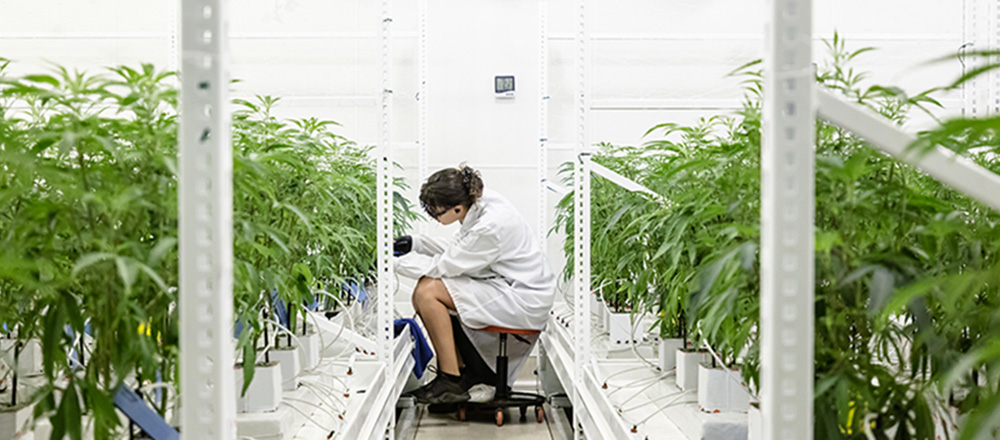
Markers for safety
California’s regulatory system for cannabis, the Department of Cannabis Control, has strict safety requirements and labeling policies that producers must adhere to before the product can reach the shelf at a dispensary. They regulate not only pathogens, but also dosage sizes and concentrations.
Steep Hill worked with third-party vendors as well as developing their own methodologies for pathogens. They were accredited by the International Standards Organization and state regulatory bodies. They performed tests for the now legalized recreational dispensaries.
Torres’ role at Steep Hill as an analyst was to perform extractions on products and test them with high-performance liquid chromatography or gas chromatography instruments. He would compare the raw data to a standard curve for determining concentration of the analytes.
Torres’ background in cell culture and molecular biology also made him the lead scientist for the microbiology lab. He trained other scientists in the methods Steep Hill was developing for analyzing microbial contamination.
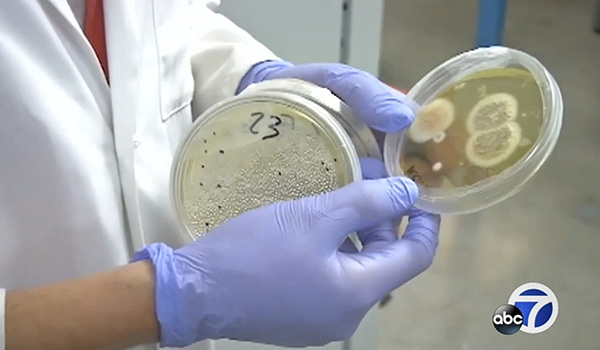
As regulations evolved, Torres’ role expanded to include developing methods for other analytes.
“At the time, California was regulating 50 pesticides as well as heavy metals and mycotoxins,” he said. “They were specifically worried about what could potentially cause harm in humans.”
The regulations for testing mycotoxins focused on four species of Aspergillus, a mold that can cause respiratory infections, and two pathogenic species of bacteria, Salmonella and Shiga toxin-producing E. coli, or STEC. STEC infection can cause hemolytic uremic syndrome, a health condition that can lead to kidney failure and death.
Genetic testing
Steep Hill was not only a commercial lab for testing potency and contaminants.
“While the industry was being built, we at Steep Hill had a strong desire to understand more about the plant,” Torres said. “We barely knew what genes were present in it, so we had to carry out genetic analysis on cannabis through sequencing and PCR-based methodologies.”
Cannabis is dioecious, meaning each plant is either male or female and they must mate to form a new plant. Female cannabis plants are those that produce THC and other cannabinoids in their flowers. The female plant must not be fertilized before maturation for its flowers to create harvestable marijuana and not seeds.
Steep Hill incubated a service called Gen Kit that would test the sex of cannabis plants via the seeds. Customers could provide samples at an early stage of the plant’s growth for sex determination. As a side service, Steep Hill would test for the plant’s dominant cannabinoid.
As part of their genetic testing mission, Torres and Steep Hill studied two main pathways within the plant: the cannabinoid synthase pathway and the terpene synthase pathway. Terpenes are the organic chemicals in plants that form flavors and scents. Cannabis has a large family of terpene genes capable of expressing many aromatic compounds within the plant.
Medical and laboratory research has theorized that a combination of all organic compounds produced by the plant, including all cannabinoids and all terpenes, must be present together to have a therapeutic effect. This theory is still being studied so researchers can determine the mechanism of this action.
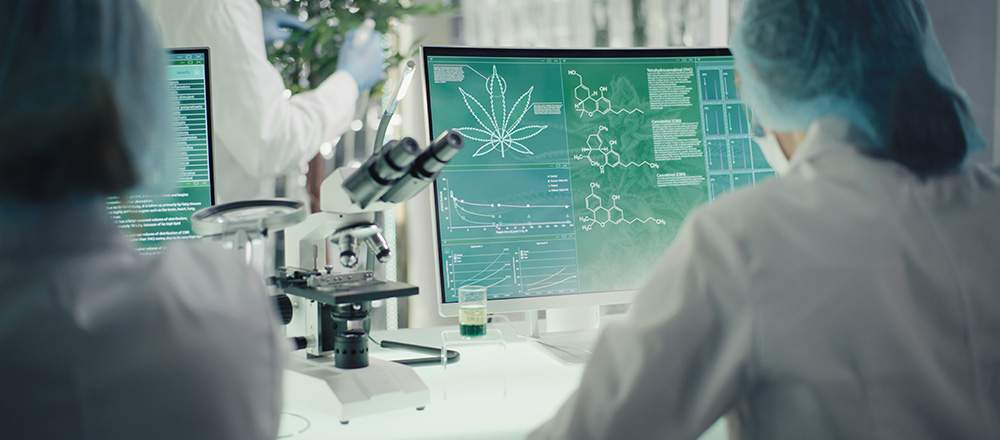
In 2019, Steep Hill sold its genetics methods to Front Range Biosciences, a hemp producer in Colorado. Torres moved to this company with his team as a consultant to help licensees of the methodologies with training and standard operating procedures.
Front Range Biosciences focuses on the genetic testing of the plant rather than the chemical analyte testing because the company is breeding hemp for fibers. Torres and his lab developed a real time polymerase chain reaction method for detecting pathogens that contaminate cannabis in a nursery setting via nucleic acid extraction.
They also developed a DNA fingerprinting method, identifying short tandem repeat markers and size selecting them with capillary electrophoresis to determine whether cloned plants were true clones.
Standardizing regulations
Cannabis testing, from cannabinoid profiling to plant cloning, is a very new field. States are individually developing paths to legalization and their own standards and regulations for safe distribution. Torres hopes these regulations can be joined into a single set of standards when cannabis is legalized at the federal level.
“More than half of the United States have legalized recreational cannabis, and three quarters of the states have developed medical cannabis programs,” he said. “It would be great if federal policymakers would come to a consensus in generating a federal framework to support the industry.”
Biochemical researchers in the industry are only beginning to analyze certain areas of cannabis safety and therapeutic potential. Torres hopes that, with the increased destigmatization of use and distribution around the world, it will become easier to test and regulate cannabis.
Enjoy reading ASBMB Today?
Become a member to receive the print edition four times a year and the digital edition monthly.
Learn moreFeatured jobs
from the ASBMB career center
Get the latest from ASBMB Today
Enter your email address, and we’ll send you a weekly email with recent articles, interviews and more.
Latest in Industry
Industry highlights or most popular articles

Black excellence in biotech: Shaping the future of an industry
This Black History Month, we highlight the impact of DEI initiatives, trailblazing scientists and industry leaders working to create a more inclusive and scientific community. Discover how you can be part of the movement.

Attend ASBMB’s career and education fair
Attending the ASBMB career and education fair is a great way to explore new opportunities, make valuable connections and gain insights into potential career paths.
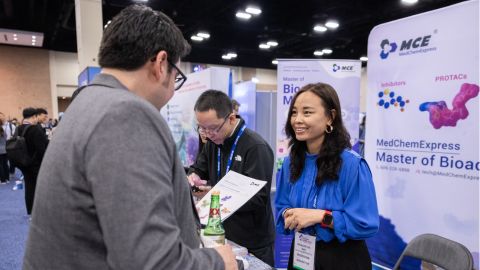
Benefits of attending a large scientific conference
Researchers have a lot of choices when it comes to conferences and symposia. A large conference like the ASBMB Annual Meeting offers myriad opportunities, such as poster sessions, top research talks, social events, workshops, vendor booths and more.
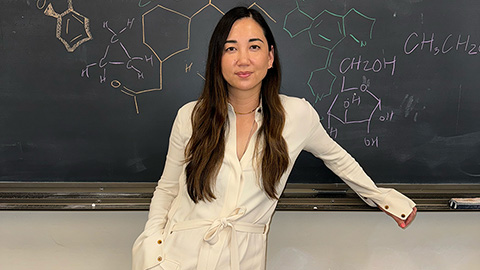
Biotech startup worms its way into therapeutics
Andrea Choe's company, Holoclara, has created an anti-inflammatory drug based on a molecule from worms.

How military forensic scientists use DNA to solve mysteries
Learn how two analysts at the Armed Forces DNA Identification Laboratory use molecular biology and genetics to identify the remains of fallen troops.
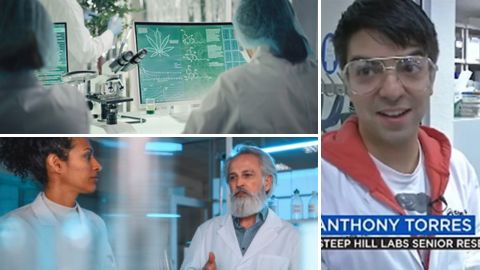
Careers in industry: A year in review
Careers columnist Inayah Entzminger looks back at 12 months of interviews, advice and lists of resources.

